Temporary labor camps
Temporary Labor Camps
The hardest works for the completion of projects, of which the communist government would later boast, were immediately assigned to political convicts, who drained marshes, opened up roadways and irrigation canals while working as slaves.
Others were distributed near agricultural farms. When they left the enclosed camps, the interned mainly worked in agriculture, whereas the prisoners, with little exception, were organized in what would be called reeducation units with forced labor.
These camps were temporary. Somewhere close to the marsh to be drained or work to be constructed, dormitories were improvised and enclosed by barbed wire. The camp would stay there until the end of the works. Later, the convicts would be moved to another work front.
This is where we see the camps of the first and later years, designated as Reeducation Units and temporarily placed near working areas.

